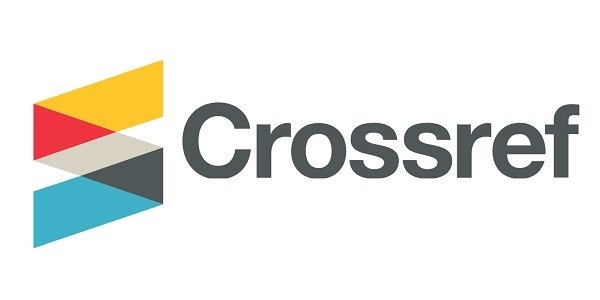CONTROLLED/SLOW-RELEASE FERTILIZER COATING FROM POLYSACCHARIDES: A MINI REVIEW OF LIGNIN AS A REINFORCEMENT MATERIAL
DOI:
https://doi.org/10.24961/j.tek.ind.pert.2024.34.2.193Abstract
Controlled/slow-release fertilizers (CSRF) continue to be developed because of the need to increase agricultural productivity and reduce the economic, social, and environmental impacts of conventional fertilizers leaching into nature. Additionally, the use of biodegradable polymers as CSRF materials continues to be a priority in CSRF development. Therefore, this review synthesizes the current research on lignin- and polysaccharide-based CSRFs and emphasize their compatibility and performance in agricultural applications. Lignin, an abundant and renewable biopolymer, was evaluated for its effectiveness as a slow-release agent in CSRF. Studies have demonstrated the potential of lignin to improve nutrient release profiles and environmental sustainability when used alone or in combination with other polymers. Polysaccharides, which are known for their biocompatibility and biodegradability, have also been explored. The incorporation of lignin into polysaccharide-based CSRFs has been highlighted, particularly in starch, cellulose, chitosan, and sodium alginate matrices. These composites offer improved mechanical properties, controlled nutrient release, and enhanced soil water retention. The challenges and future directions regarding lignin- and polysaccharide-based CSRF are also reviewed. These findings underscore the importance of developing sustainable fertilizer technologies to meet future food demands while mitigating environmental impacts.
Keywords: controlled/slow-rele ase fertilizer, composite matrix, lignin, polysaccharide, urea


_page-00013.jpg)






_(1).png)
